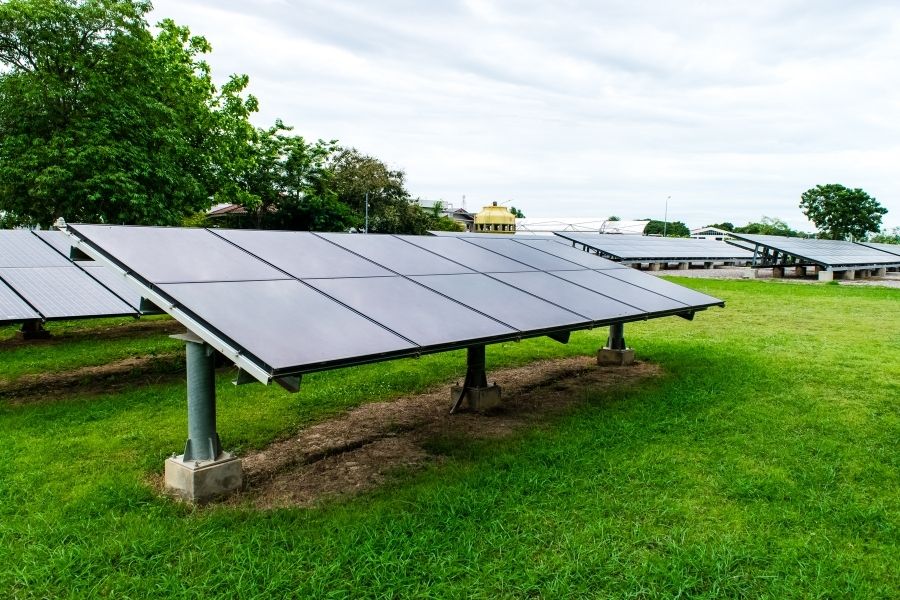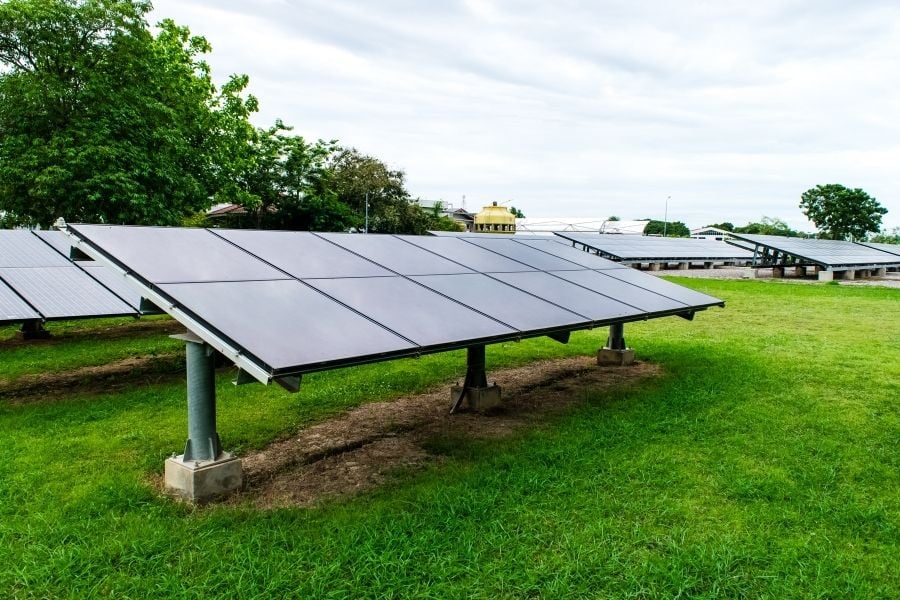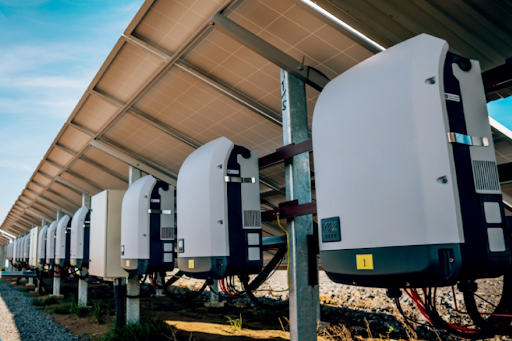Redefining the Relationship Between Cryptocurrency and Renewable Energy in Australia
Renewable energy and cryptocurrency are two sectors that are presently seeing major growth. Although they’re certainly very different in many ways,...

Australia is right now experiencing an energy revolution. It’s profoundly exciting. Yet if there’s one challenge we are facing, it’s that because the speed and scale of change are so vast, it’s easy for certain aspects of it to be overlooked a little now and then. Just as there’s rightfully a lot of talks each day about advances in solar panels, batteries, and other renewable tech, there’s a whole ton of fantastic energy innovations being put to use each day that perhaps don’t get as much attention as they should.
Microgrids are a key example of this. The little grids that are worth making a big deal about. For anyone learning about microgrids just now – or have heard about them but are yet to know as much as they’d like to – now is a great time to learn the ins and outs of this fantastic tech.
A microgrid is a grid that features local energy with a control capability. This means it has the ability to disconnect from the regular grid and operate independently of it. Although there are many different configurations of microgrids, these two aspects are common principles that serve as the foundation of each microgrid’s operation.
Microgrids operate via the generation of their own energy within their local network of equipment. Via the utilisation of devices such as solar panels, batteries, and generators, a user of a microgrid can generate and use power independently of the regular grid. But the capacity to generate power is just one aspect of what makes a microgrid so compelling as an energy setup.
A microgrid is notable not simply for how it operates, but also for how it does not operate. While a microgrid can certainly connect and retain an ongoing connection to the grid but because of its disconnection capability it’s never going to be wholly reliant on power from the main grid to function.
Homes and workplaces with a connection only to the regular grid will essentially have no choice but to stay reliant upon it. With a microgrid, homes and businesses can develop energy independence. This means in the event of any issue on the main grid – whether it’s a temporary outage or ongoing problems with reliability – a microgrid can provide a backup that gives peace of mind to its users.
Across the world, microgrids are increasingly seen as an exciting option for providing access to electricity for remote communities where connection to the main grid – often due to hostile geographic terrain or other environmental challenges – has been impossible. Also, for communities that get access to the grid, but find access is sporadic and unreliable.
An additional advantage of microgrids is their ability to offer clean and green operation in comparison to the diesel-powered setup, a configuration many homes and businesses currently use when power from the grid is lost. Microgrids can also offer far greater reliability than a diesel generator setup. Not only are diesel systems at a disadvantage because they’re reliant on ongoing access to fuel – which in the event of a natural disaster could see remote locations left in the lurch and short on fuel – but usage costs of diesel can be far, far higher than a microgrid using renewable energy.

For most Australians, there’s consistent access to the regular grid. But it’s also necessary to keep in mind the growing impact of climate change. Whether it’s the risk of blackouts that can occur on days of intense heat or other extreme weather events that can result in the main grid going offline. In these instances, a microgrid could offer a backup so there can be ongoing access to a power reserve when it’s needed.
There’s already a number of microgrids in operation within Australia:
But it’s certainly not only military bases and remote mines that can find a great use for a microgrid. In the heart of Melbourne’s inner-city a microgrid is currently in operation, providing electricity to a 52-resident community housing building in Preston, a suburb 9 kms north of Melbourne’s CBD. Due to this installation, electricity bills are being driven down for tenants residing in the community housing. This is a wonderful illustration of how microgrids can offer greater stability and efficiency from a tech perspective, and also help drive positive change in the social sector.
Ultimately, the rollout of microgrids remains a work in progress. Yet there’s no doubt the future will see them find greater use all across Australia in a diverse variety of installations. Especially because the rapid uptake of rooftop solar – alongside the enthusiastic support of renewables by so many Australians – affirm we’ll continue to see growing support for the green revolution. Just as this is a super exciting trend, so too can we expect to see microgrids come to play a big role in the next chapter of Australia’s renewable energy story.
Browse our website for more on solar and renewable energy.

Renewable energy and cryptocurrency are two sectors that are presently seeing major growth. Although they’re certainly very different in many ways,...

Many Australians with an interest in solar find the dynamics between batteries and feed-in tariffs confusing. This is completely normal. After all,...
It is the sign of the times according to PV Magazine. GDF Suez/Engie former Australian boss, Tony Concannon is now chief executive of Reach Solar,...